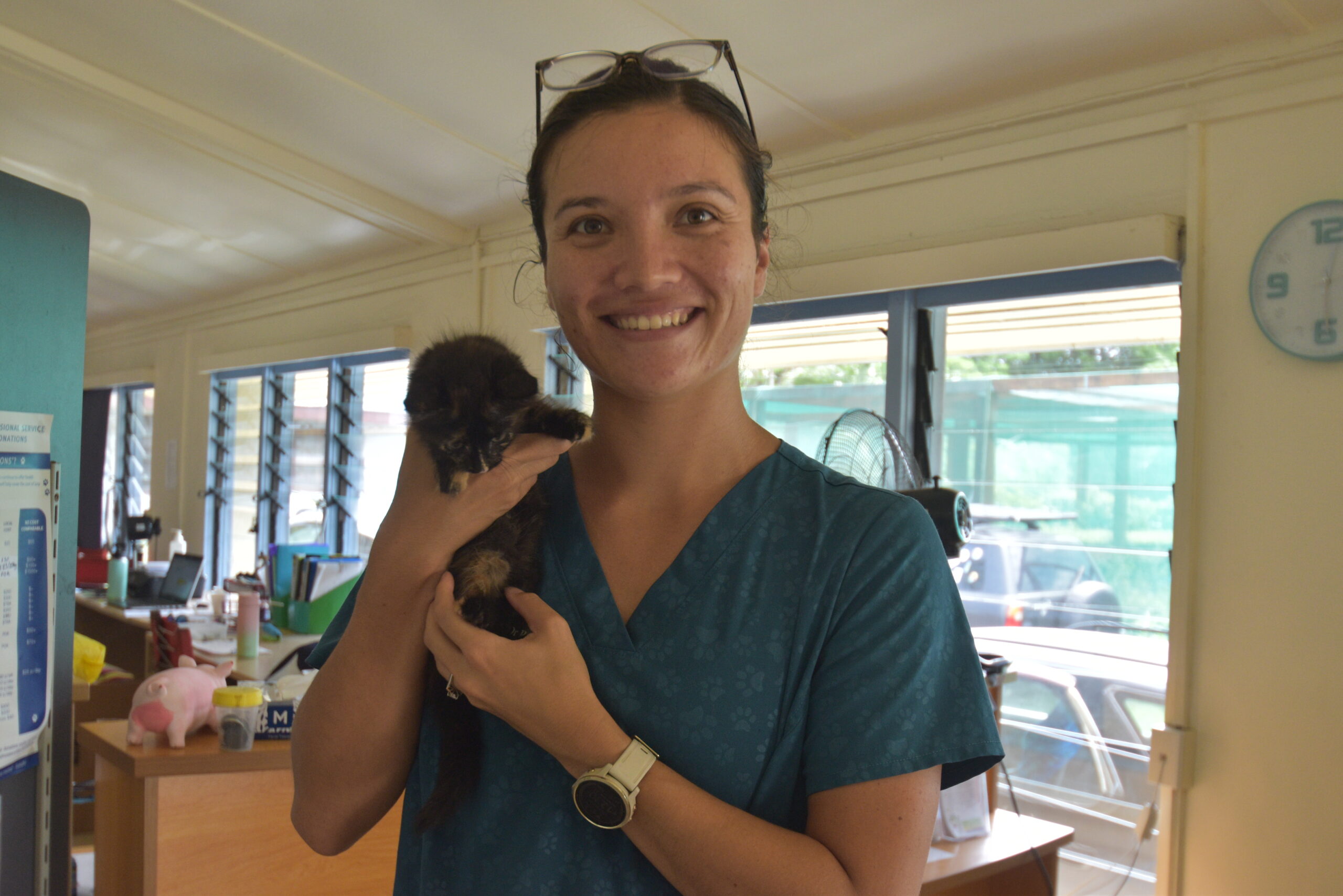Pet Talk: Remembering the animals who went to war
Wednesday 24 April 2024 | Written by Supplied | Published in Opinion, Pet Talk

Te Are Manu’s medical director Dr Rose Hasegawa. 24052120
This Thursday we take time to remember those who bravely sacrificed in the efforts of war, writes Dr Rose Hasegawa, medical director Te Are Manu Vet Clinic.
In the records of military history, the valour of soldiers often takes centre stage, but the contributions of animals are equally significant. During World War I, the ANZAC forces witnessed firsthand the indispensable role of animals in the war effort.
Horses, sturdy and steadfast, were among the most prominent companions of ANZAC soldiers. From the rugged terrain of Gallipoli to the trenches of the Western Front, these noble creatures served as mounts, haulers, and trusted comrades. They braved artillery fire, endured harsh conditions, and carried supplies and wounded soldiers across treacherous landscapes.
Beyond the equine contingent, other animals played crucial roles in the war effort. Dogs, renowned for their loyalty and keen senses, served as messengers, sentries, and even morale boosters. Their ability to detect enemy presence, locate wounded soldiers, and provide companionship amidst the chaos of war earned them the respect and admiration of ANZAC troops.
Pigeons, with their remarkable homing instincts, were invaluable for communication in an era before modern technology. These feathered messengers carried vital information across enemy lines, bridging gaps in communication and providing a lifeline for isolated units.
Animals also contributed in more unconventional ways. Camels, adept at traversing desert terrain, supported ANZAC forces in the harsh landscapes of the Middle East. Their ability to carry heavy loads and endure prolonged periods without water proved instrumental in logistical operations.
Even smaller creatures, such as cats and canaries, played their part in the war effort. Cats helped control vermin in trenches and camps, safeguarding supplies from destruction. Canaries served as early warning systems, their sensitive respiratory systems detecting poisonous gases before they posed a threat to human life.
The bond between ANZAC soldiers and their animal companions extended beyond mere utility. During the horrors of war, these creatures provided solace, companionship, and a reminder of humanity amidst the brutality of conflict. Many soldiers formed deep emotional connections with their animal counterparts, finding comfort in their presence amidst the chaos of battle. Even with their great contribution, the sacrifices of these animals often went unrecognised.
Unlike their human counterparts, they did not receive medals or accolades for their service.
As we commemorate the ANZAC legacy, let us also recognise the vital role animals played in supporting the war effort. Their courage, sacrifice, and unwavering devotion deserve to be remembered and honoured alongside the soldiers they served.












































